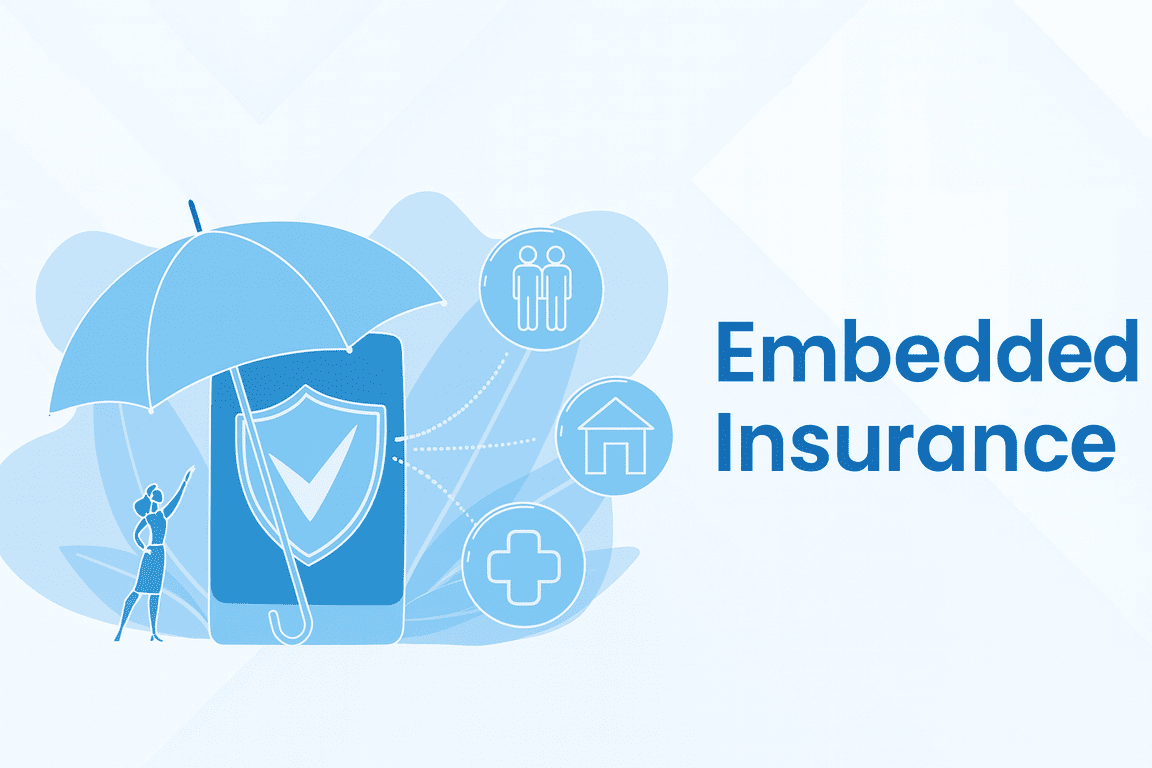- Company
- Case Studies
- Industries Transformation ELearningEducation Software Development ServicesFintechFinancial Software Development ServicesLogistics and TransportationLogistics and Transportation Software Development ServicesHealthcareHealthcare Software Development ServicesInsuranceInsurance Development Services
- Blog
- Schedule a Call
- Company
- Case Studies
- Industries Transformation ELearningEducation Software Development ServicesFintechFinancial Software Development ServicesLogistics and TransportationLogistics and Transportation Software Development ServicesHealthcareHealthcare Software Development ServicesInsuranceInsurance Development Services
- Blog
- Schedule a Call
Industries Transformation
ELearning
Education Software Development Services
Fintech
Financial Software Development Services
Logistics and Transportation
Logistics and Transportation Software Development Services
Healthcare
Healthcare Software Development Services
Company




